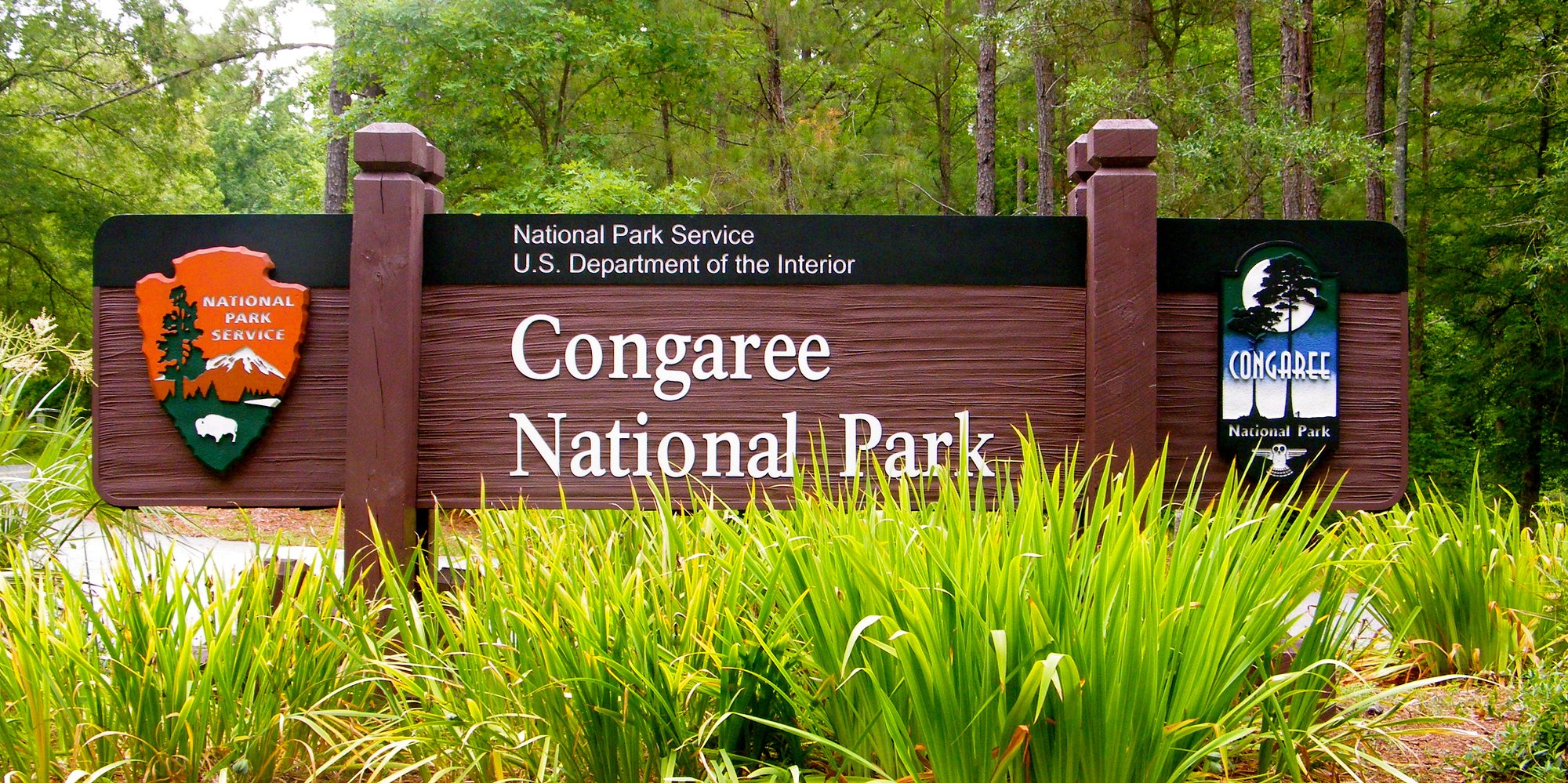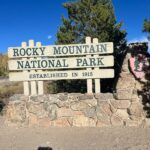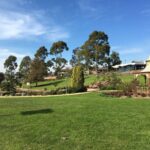Quick Bits:
Congaree National Park is home to the largest intact old-growth bottomland hardwood forest in the United States. This unique ecosystem supports a rich variety of plant and animal life, including towering trees, diverse bird species, and thriving amphibian populations. The park offers a serene escape for outdoor enthusiasts with opportunities for hiking, kayaking, and birdwatching. Visitors can experience the breathtaking firefly synchronization in late spring, a natural spectacle that draws nature lovers from across the country. With its peaceful waterways and well-preserved wilderness, Congaree National Park provides a rare glimpse into an untouched floodplain forest.
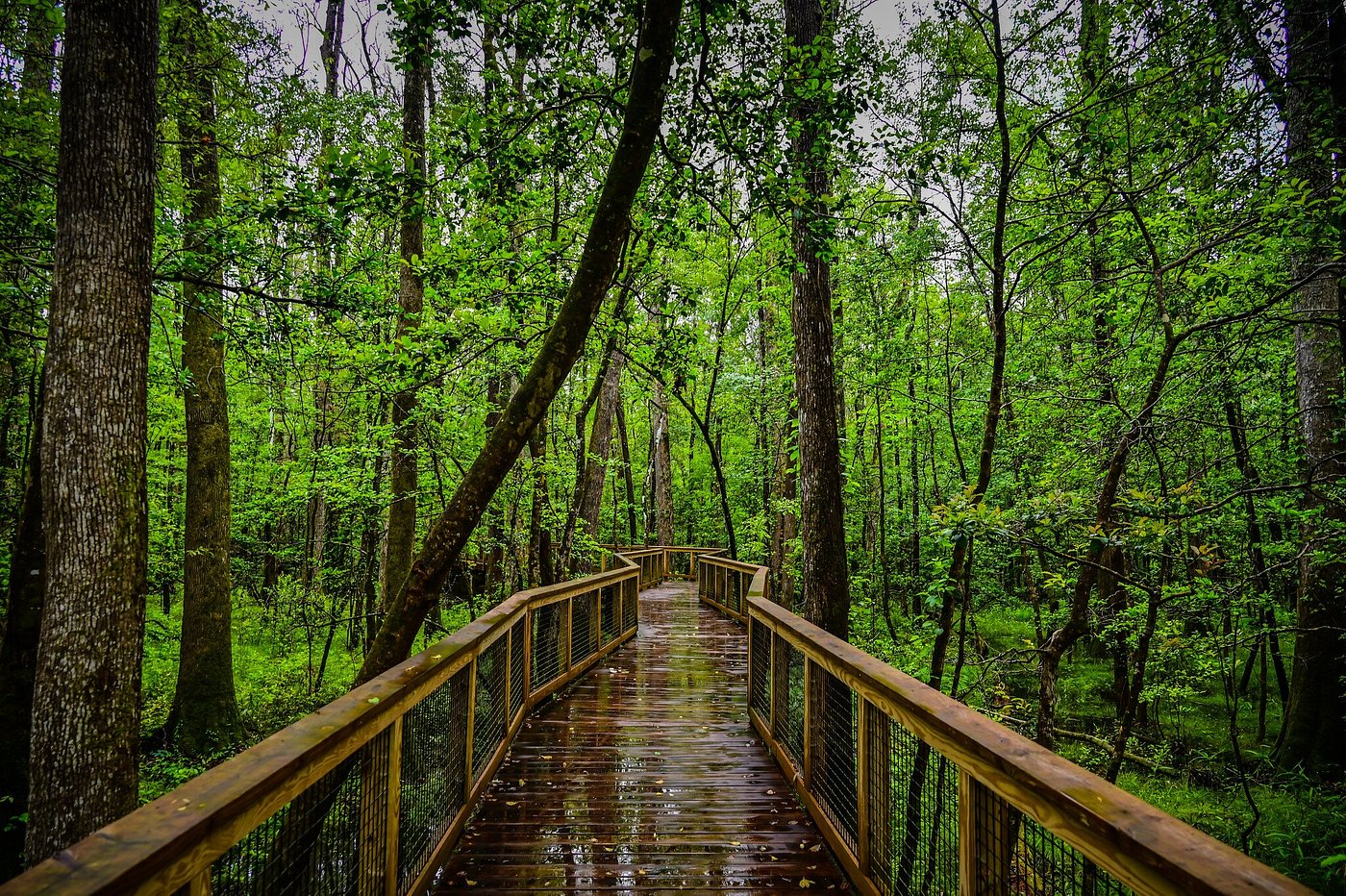
Image by CodyDC from Tripadvisor
Key Highlights
- Location: South Carolina, USA
- Size: 26,276 acres
- Established: 2003
- Popular Activities: Hiking, kayaking, canoeing, camping, birdwatching
- Best Time to Visit: Spring and fall for comfortable temperatures and active wildlife.
General Information
Congaree National Park preserves one of the most biodiverse floodplain forests in North America. It shelters a rich array of plants, amphibians, birds, and mammals. Unlike many national parks with rugged mountain landscapes, Congaree is defined by its towering champion trees and wetlands. The Congaree River flows along the park’s southern boundary, feeding the ecosystem and shaping the terrain.
The park is free to enter, making it an accessible getaway for nature lovers. Visitors can explore miles of scenic trails or paddle through the waterways for an immersive experience. Ranger-led programs provide deeper insights into the park’s history, ecology, and wildlife.
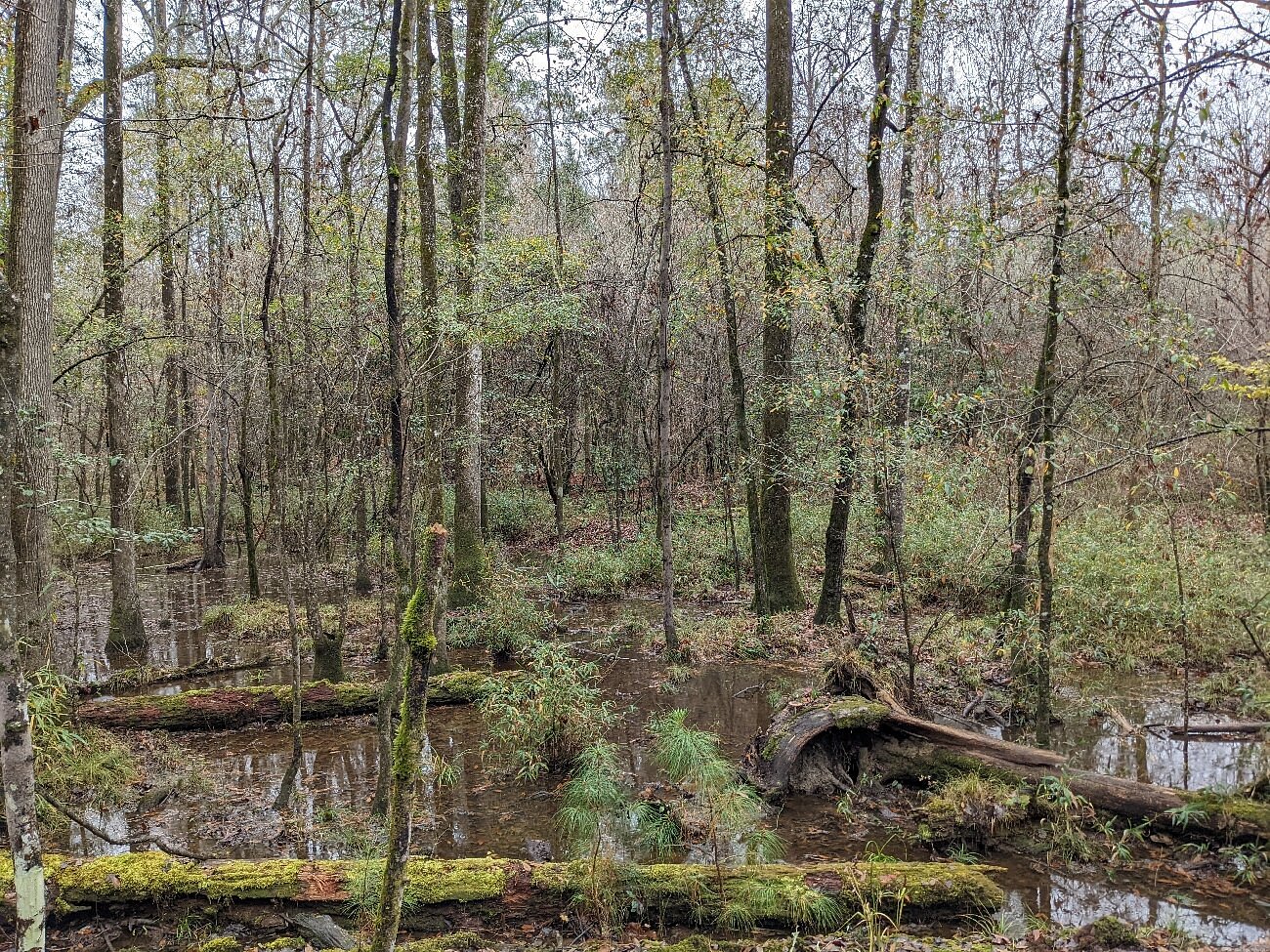
Image by Elissa C from Tripadvisor
Geography Information
Congaree National Park is part of the southeastern United States coastal plain. The park sits in a floodplain, meaning it experiences seasonal flooding that nourishes the soil and supports a diverse ecosystem. It is home to loblolly pines, bald cypress, and tupelo trees. Some of these trees rank among the tallest in the eastern United States.
The park’s landscape shifts with the water levels. During wetter seasons, parts of the park transform into a swampy wonderland. Boardwalks and elevated trails allow visitors to explore without getting soaked. The combination of high biodiversity and dramatic seasonal changes makes Congaree a fascinating destination year-round.
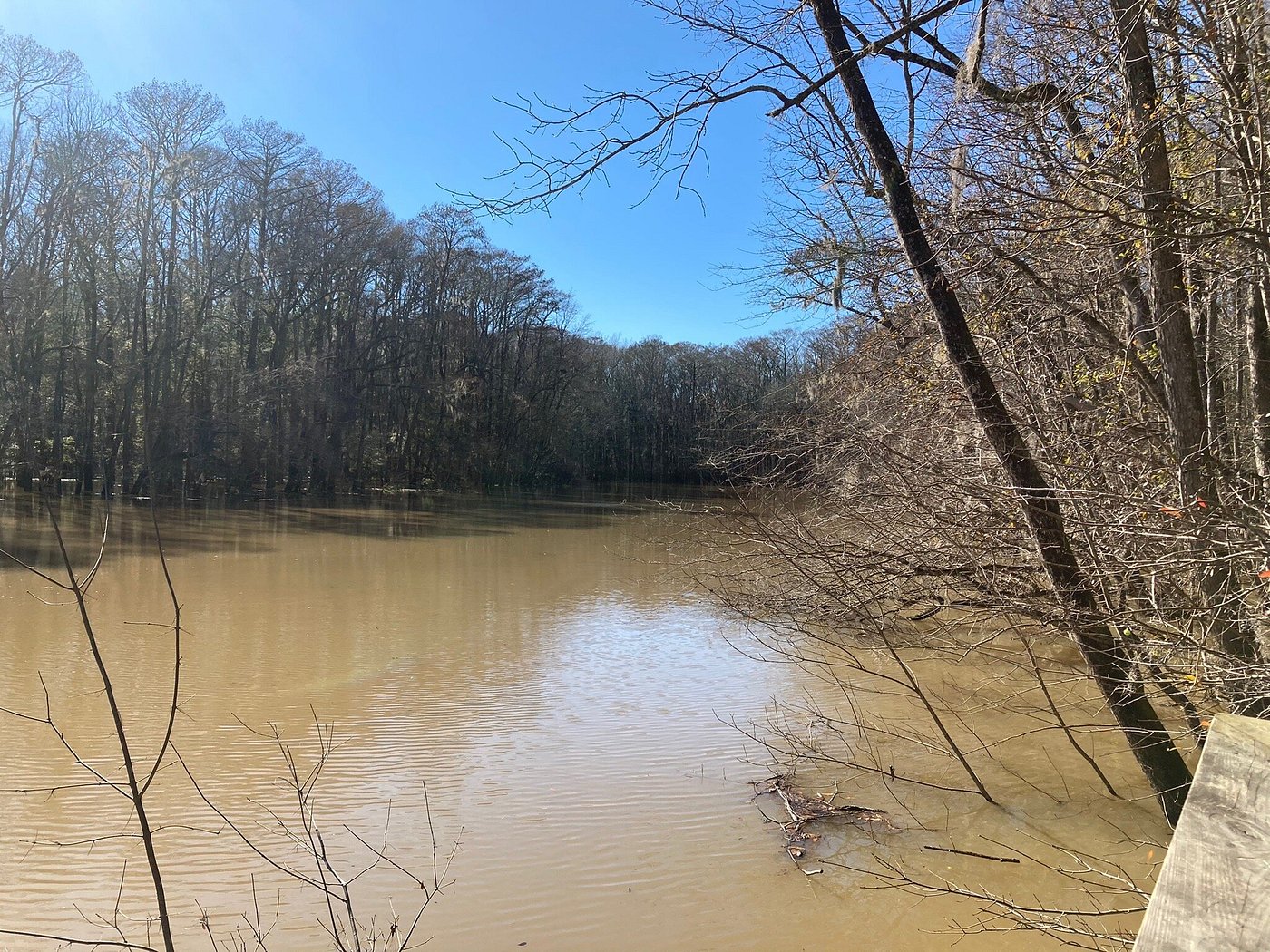
Image by Bowmanator22 from Tripadvisor
Places to Visit
Boardwalk Loop Trail
This easy 2.6-mile loop takes visitors through the heart of the old-growth forest. Elevated wooden walkways allow for a dry and accessible journey through towering cypress trees and lush undergrowth.
Weston Lake Trail
This 4.5-mile trail meanders past Weston Lake, an oxbow lake teeming with turtles and wading birds. The trail provides a glimpse into the park’s past when the Congaree River shifted course.
Cedar Creek Canoe Trail
For those who love paddling, Cedar Creek offers a peaceful route through the park’s floodplain. The slow-moving water makes for an easy canoeing or kayaking experience, allowing paddlers to observe otters, turtles, and birds up close.
Kingsnake Trail
One of the best trails for birdwatching, this 11.7-mile path winds through remote parts of the park. It offers a chance to see barred owls, woodpeckers, and other wildlife away from the more traveled areas.
Bluff Campground and Longleaf Campground
Both campgrounds provide a rustic experience for overnight stays. They offer a peaceful setting under a canopy of towering trees.
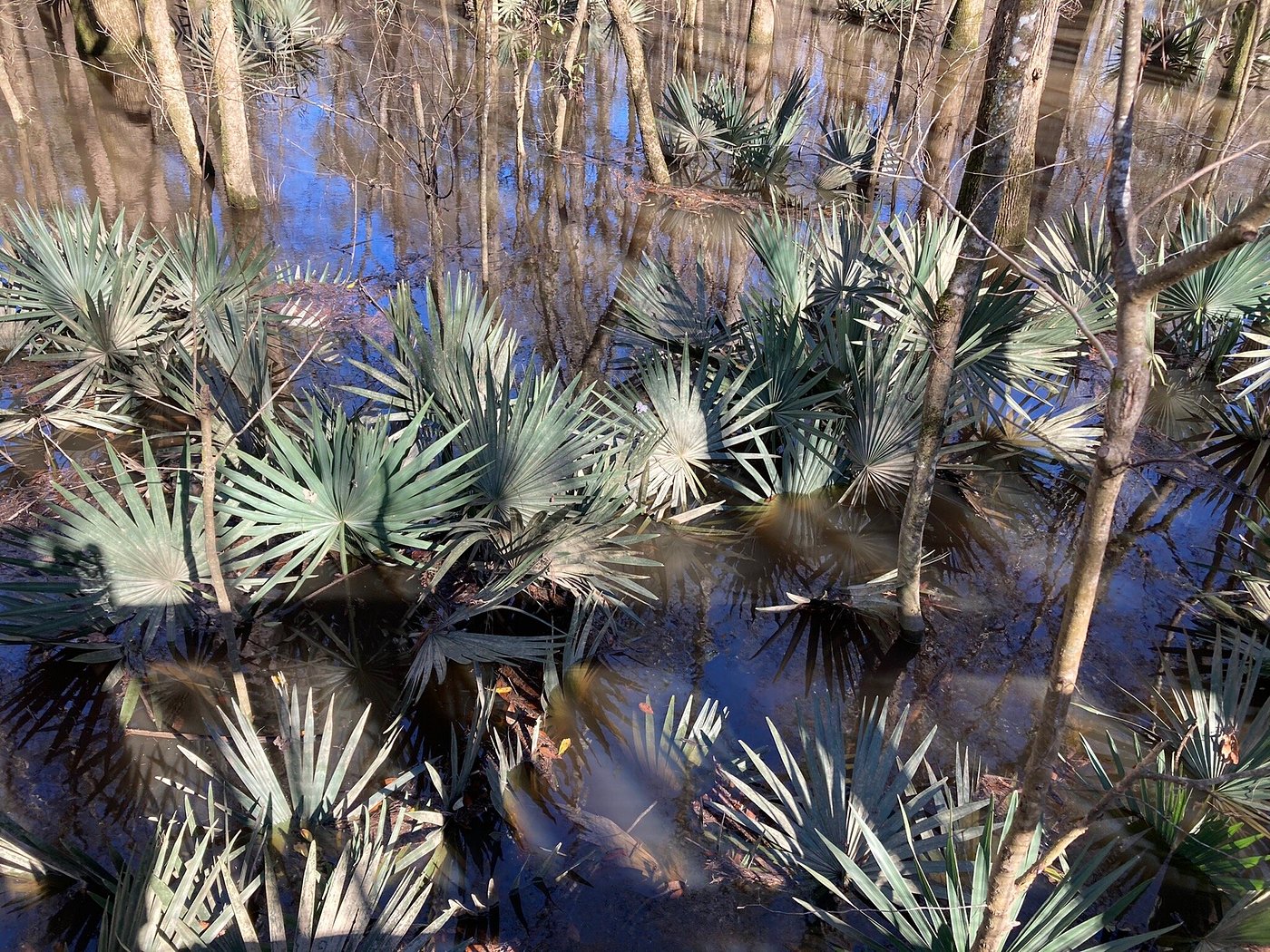
Image by Bowmanator22 from Tripadvisor
Yearly Climate
Winter (December – February)
- Mild temperatures, averaging between 40-60°F.
- Less humidity, making it a comfortable season for hiking.
- Occasional flooding in low-lying areas.
Spring (March – May)
- Warm temperatures, ranging from 50-75°F.
- The park bursts into life with blooming flowers and increased wildlife activity.
- Fireflies begin their famous synchronized light show in late May.
Summer (June – August)
- Hot and humid, with temperatures reaching 90°F.
- Mosquito levels peak, requiring visitors to bring insect repellent.
- Heavy rainstorms are common.
Fall (September – November)
- Cooler temperatures, from 50-80°F.
- Vibrant foliage with changing leaf colors.
- Excellent season for hiking and camping.
Best Time of Year to Visit
Spring and fall offer the best conditions. The mild temperatures and lower humidity levels make hiking and canoeing more enjoyable. Wildlife is also more active during these seasons. Firefly synchronization in late spring draws visitors from across the country.
Summer can be challenging due to heat and mosquitoes, but it remains a great time for paddling. Winter is the least crowded, offering a quieter experience with fewer bugs and moderate temperatures.

Image by Doug J from Tripadvisor
In Summary…
Congaree National Park is a natural sanctuary filled with towering trees, diverse wildlife, and peaceful waterways. Whether walking along the boardwalk, paddling through Cedar Creek, or camping under ancient trees, visitors find an unmatched experience in this quiet corner of South Carolina. With its ever-changing landscapes, it invites exploration in every season.

